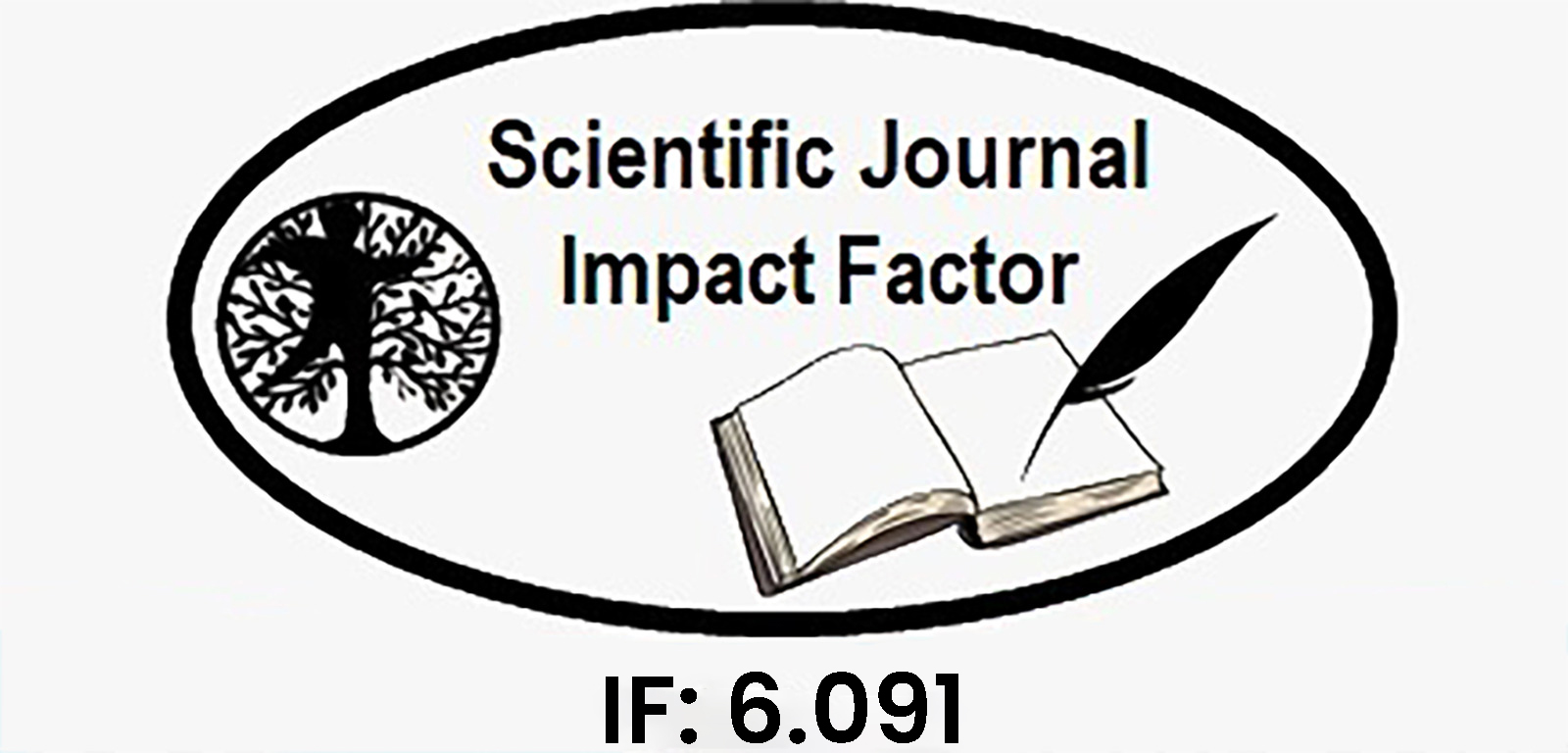QR-CODE BASED STUDENT BUS PASS SYSTEM
Keywords:
Bus pass system, QR code, Smartphone, Online system, Student transportationAbstract
In recent decades, there has been a significant increase in the utilization of public transportation, particularly among students who rely on bus passes for their regular commuting. The conventional bus pass system primarily relies on paper, where each student carries a physical pass. This traditional approach consumes a substantial amount of paper resources. However, in response to this issue, an innovative solution has emerged in the form of an online bus pass system. Unlike the complexity associated with maintaining users online in the traditional online bus pass system, the QR-based student bus pass system offers a simpler and more efficient alternative. This system provides students with a QR code instead of a physical pass, greatly reducing the reliance on paper. Given that approximately 80% of students own smartphones, this system operates without requiring an internet connection. Consequently, students no longer need to worry about internet access and the inconvenience of carrying a physical pass. Moreover, this system addresses the problem of passes getting wet during the rainy season. In this QR-based system, students merely need to fill out a form and make the necessary payment. The system's administrator collects essential student information such as name, mobile number, email address, and a photo. This information is securely stored in a database, assigned a unique ID, and linked to a QR code. Subsequently, the administrator sends an email to the student containing the QR code.This QR code encompasses crucial details, including the student's ID, name, source, destination, and the pass's validity period. This feature proves immensely valuable in swiftly identifying the correct passenger, reducing the burden on bus conductors and eliminating the need for students to carry physical passes.
Downloads
Downloads
Published
Issue
Section
License

This work is licensed under a Creative Commons Attribution-NonCommercial-NoDerivatives 4.0 International License.















